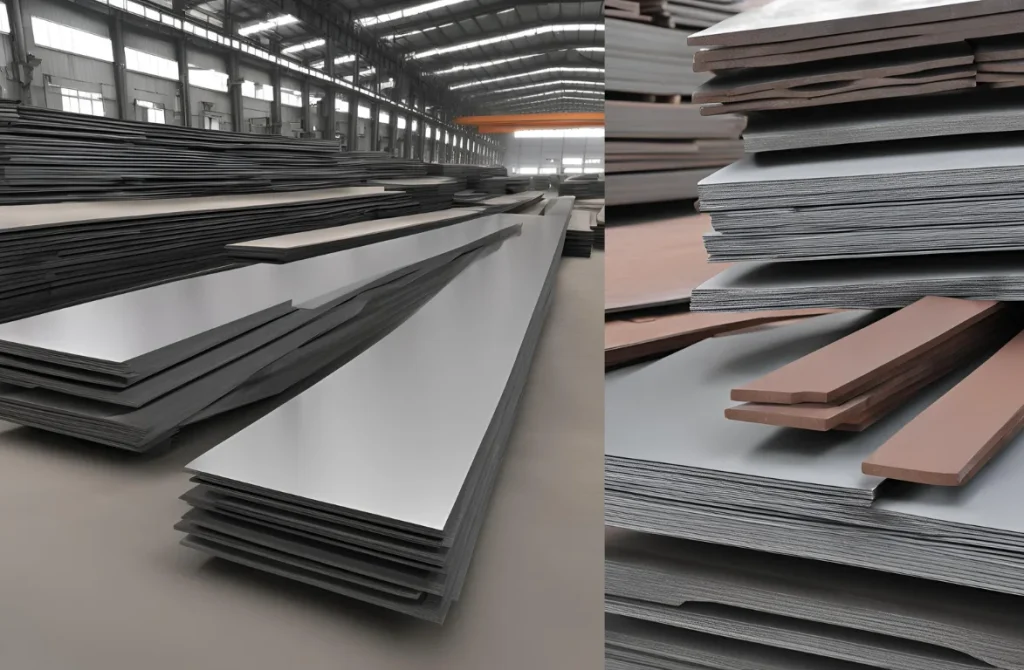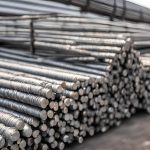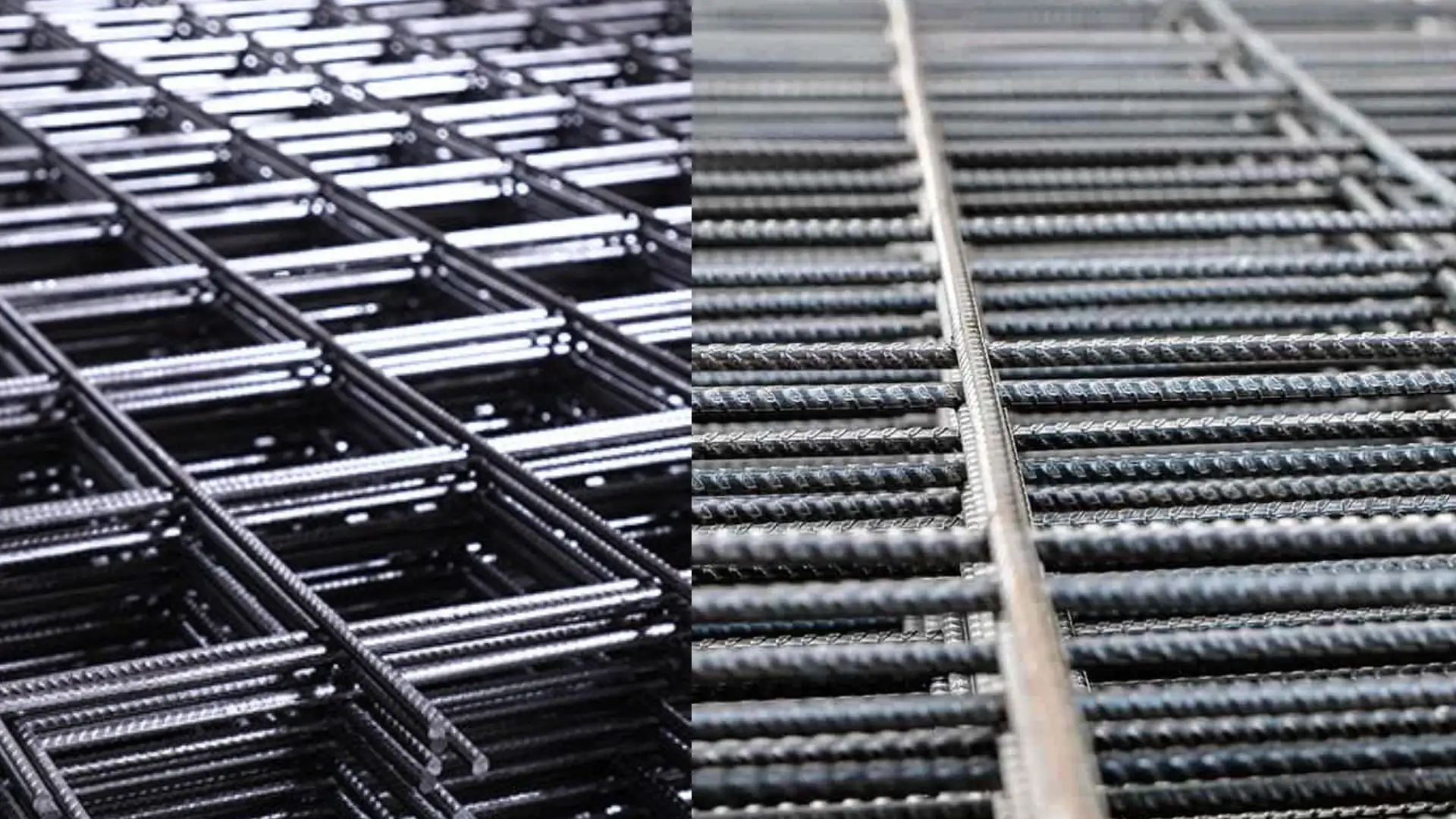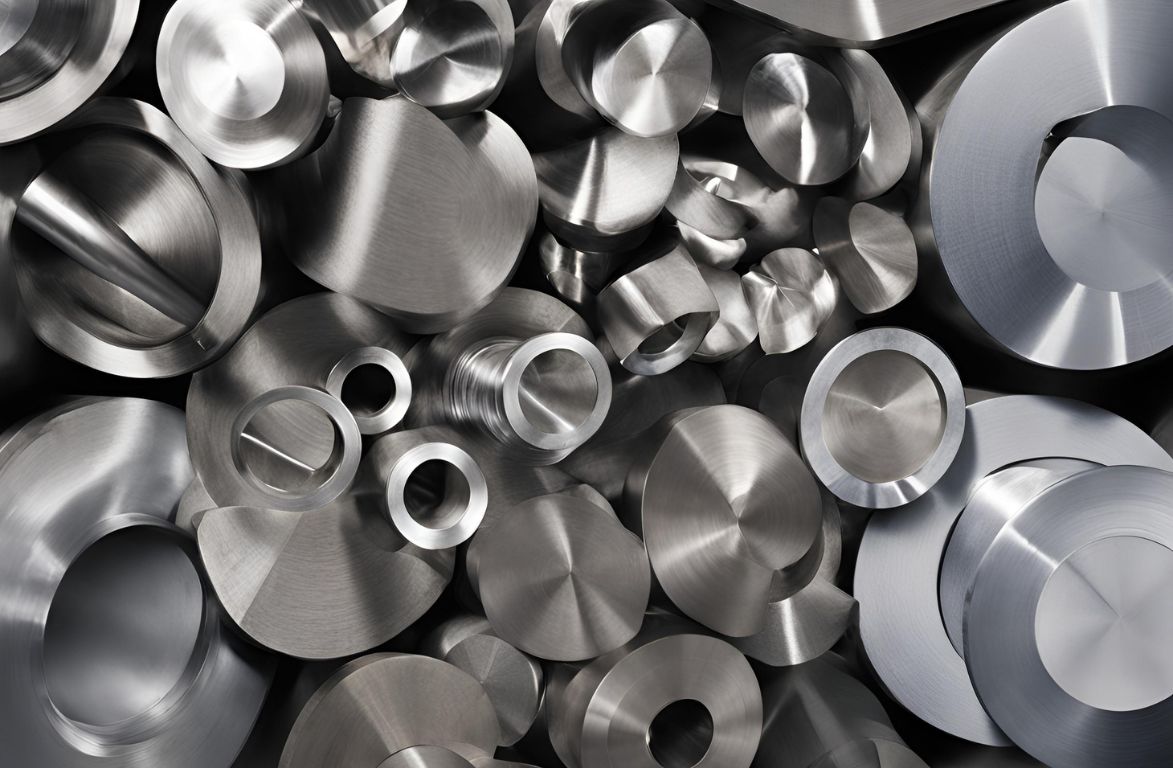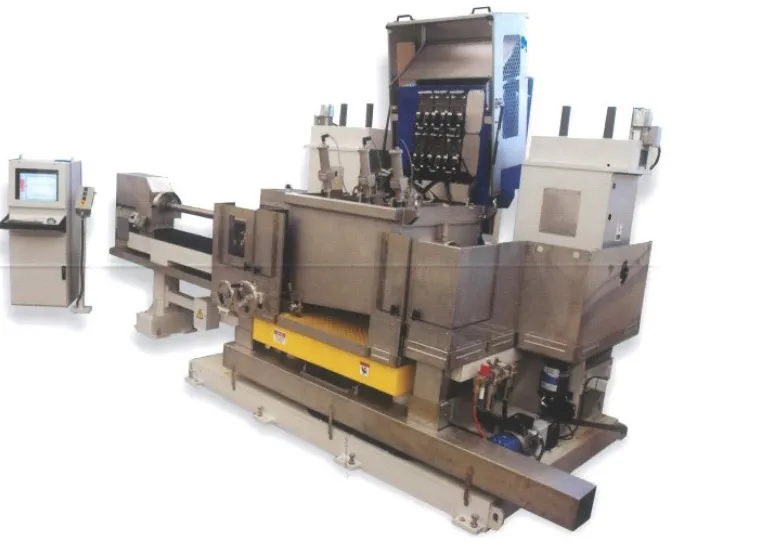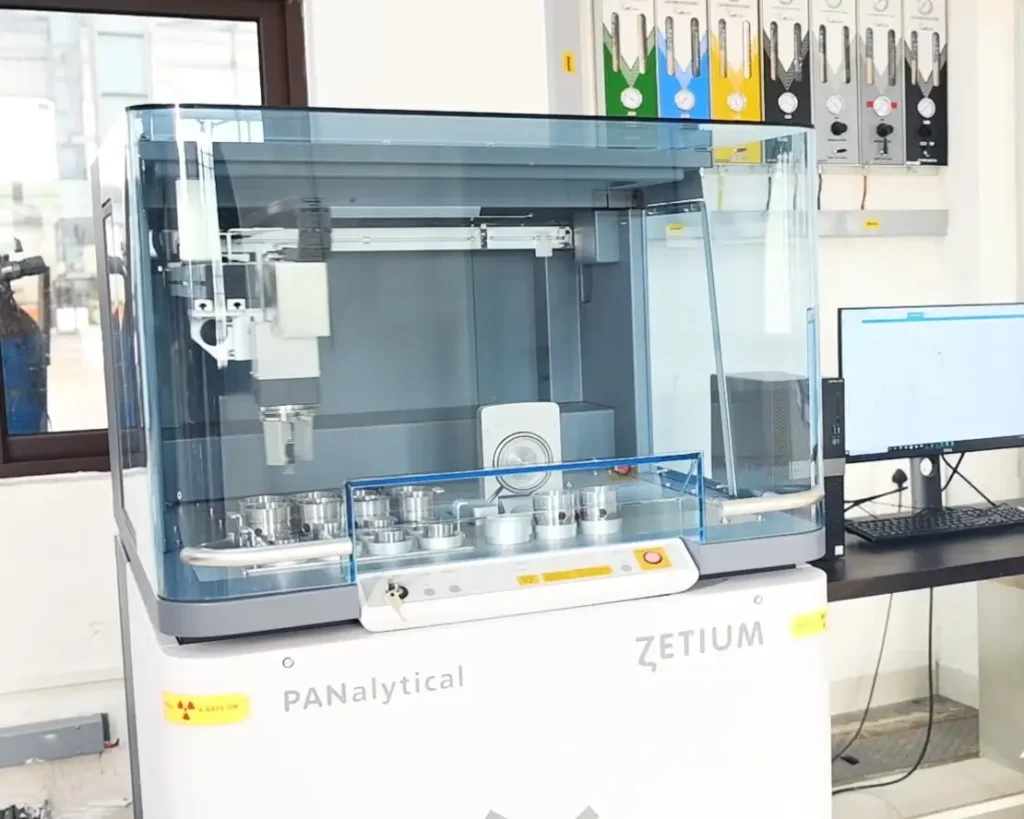Steel is an extremely important material, used in construction and engineering industries all over the world. From the cars on the roads to the refrigerators in our houses, from the buildings we stay and work in to medical tools in hospitals, steel is visible in some form virtually everywhere. It is ubiquitous and indispensable. One of the common forms in which steel is used is plates.
Usage Of Steel Metal Plates
Steel metal plates, specifically, are also used in lots of modern technologies and constructions. For example, in making protection of cars from small caliber bullets, an imposition of a steel sheet of hardness 600 HB is used. In the printing office, a printing technology is not possible without the use of a steel metal sheet of 0.5mm thickness. Steel plates are also used in designing and manufacturing transformers. In this article, we attempt to explain what high-strength steel plate processing is.
High Strength Steel Plate Processing
Hot rolled steel can be cut into plates into 4mm thin sheets using plasma beam cutting. High tensile steel is highly brittle in nature due to high content of more than 45% silicon in it. That’s why it is very necessary to use plasma cutting to cut high tensile steel otherwise we can get uneven or wire edges which is definitely a bad quality of cutting output. Therefore, such steel costs less than cold-rolled steel. Hot rolled steel plate is heat treated only once after rolling and due to its low physical and chemical properties, it is usually not used for manufacturing enameled products. This happens because the crystals in the crystalline grid are arranged in random order leading to high diffusion of hydrogen and it also has a small filling factor. It’s very important to keep in mind that the cooling rate depends on the diameter. It is directly proportional to it. The greater the thickness of the steel, the more time it takes to cool down. Generally, the properties of hot-rolled steel are not as good as that of cold-rolled steel. It has higher chances of developing cracks and is gradually being used less and less in the process of production.
At Sunflag Steel, we provide the best quality steel services for our customers with enhanced capabilities. For all your steel needs, do contact us.

